
Oklahoma History Academic Standards
OKH.3.1 Summarize the impact of the Civil War and Reconstruction Treaties on American Indian peoples, territories, and tribal sovereignty including:
A. required enrollment of the Freedmen
B. Second Indian Removal
C. significance of the Massacre at the Washita
D. reasons for the reservation system and the controversy regarding the reservation system as opposed to tribal lands
E. establishment of the western military posts including the role of the Buffalo Soldiers
F. construction of railroads through Indian Territory
Oklahoma History Center Education Resources
Teacher Resources
Tribal Sovereignty Overview
The Encyclopedia of Oklahoma History and Culture
Donald Fixico, "American Indians"
Dianna Everett, "Indian Territory"
David Baird, "Westward Expansion"
James L. Huston, "Civil War Era"
Martha Hartzog, "Indian Territory Military District"
William D. Pennington, "Reconstruction Treaties"
Martha Hartzog, "Fort Smith Council"
Alan C. Downs, "Camp Napoleon Council"
Martha Hartzog, "Fort Smith Council"
Research Center Resources
Rennard A. Strickland, The Indians in Oklahoma (Norman: University of Oklahoma Press, 1981)
Robert E. Smith, Oklahoma's Forgotten Indians (Oklahoma City: Oklahoma Historical Society, 1981)
Arrell Morgan Gibson, America's Exiles: Indian Colonization in Oklahoma (Oklahoma City: Oklahoma Historical Society, 1976)
The Gateway to Oklahoma History
Steve Cottrell, Civil War in the Indian Territory (Gretna, LA: Pelican Pub. Co., c1995)
Joseph Connole, The Civil War and the Subversion of American Indian Sovereignty (Jefferson, North Carolina : McFarland & Company, Inc., Publishers, 2017)
Online Primary Sources
Resources Related to American Indian and Alaska Native Communities at the National Archives, DocsTeach
Composite of four scenes related to Indian relations with the U.S. government, Fort Sill Oklahoma, 1876, Library of Congress
Additional Resources
Indian Resources Timeline, The United States Department of Justice
"Native Voices," US National Library of Medicine
"Immigration…Native Americans," Library of Congress
A. required enrollment of the Freedmen
The Encyclopedia of Oklahoma History and Culture
Linda Reese, "Freedmen"
Larry O'Dell, "All-Black Towns"
Carol Sue Humphrey, "Freedmen Schools"
Research Center Resources
Patrick Minges, ed., Black Indian Slave Narratives (Winston-Salem, N.C.: John F. Blair, 2004)
Audio/Visual
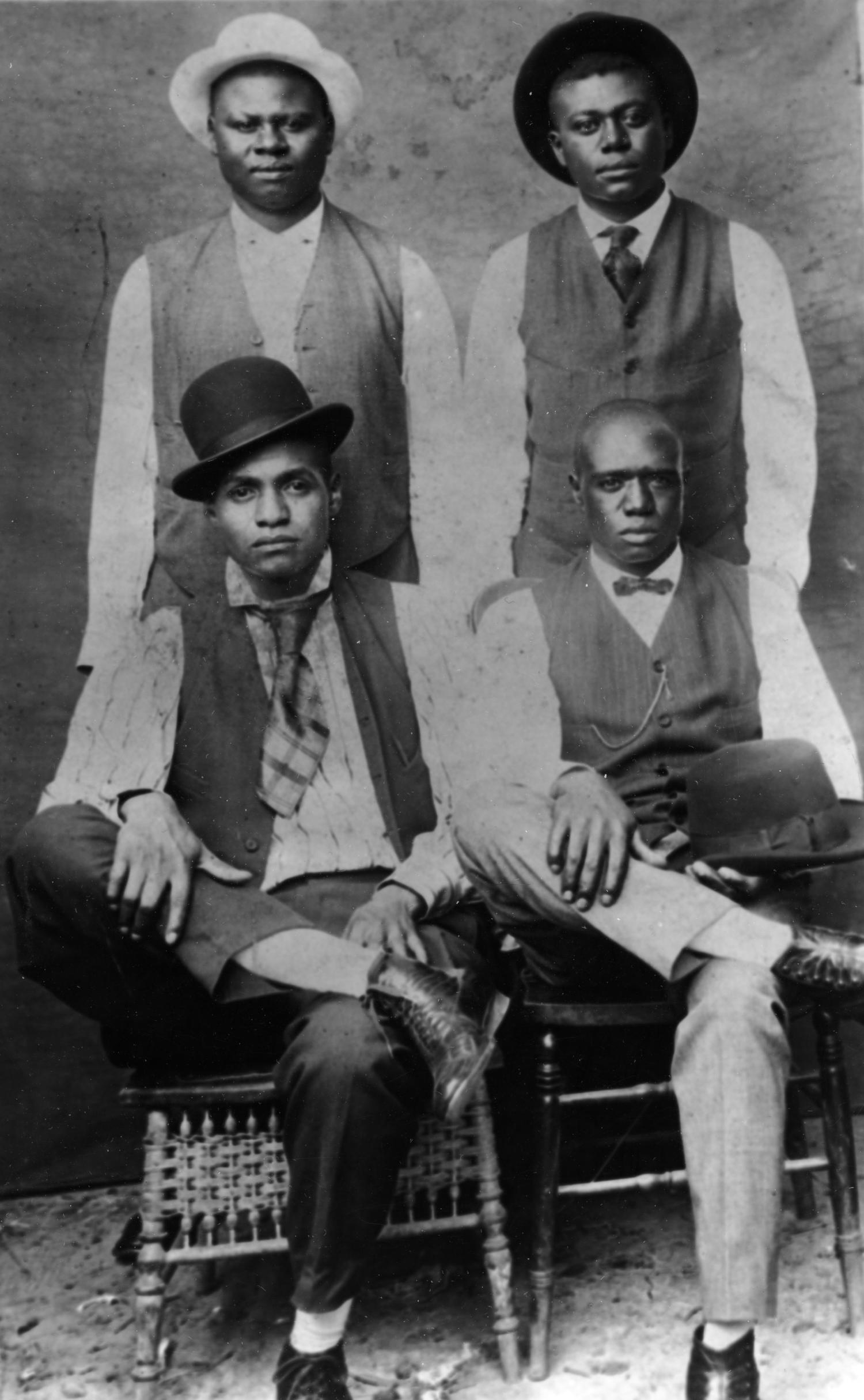 Creek Freedmen, https://gateway.okhistory.org/ark:/67531/metadc1589966/
Creek Freedmen, https://gateway.okhistory.org/ark:/67531/metadc1589966/
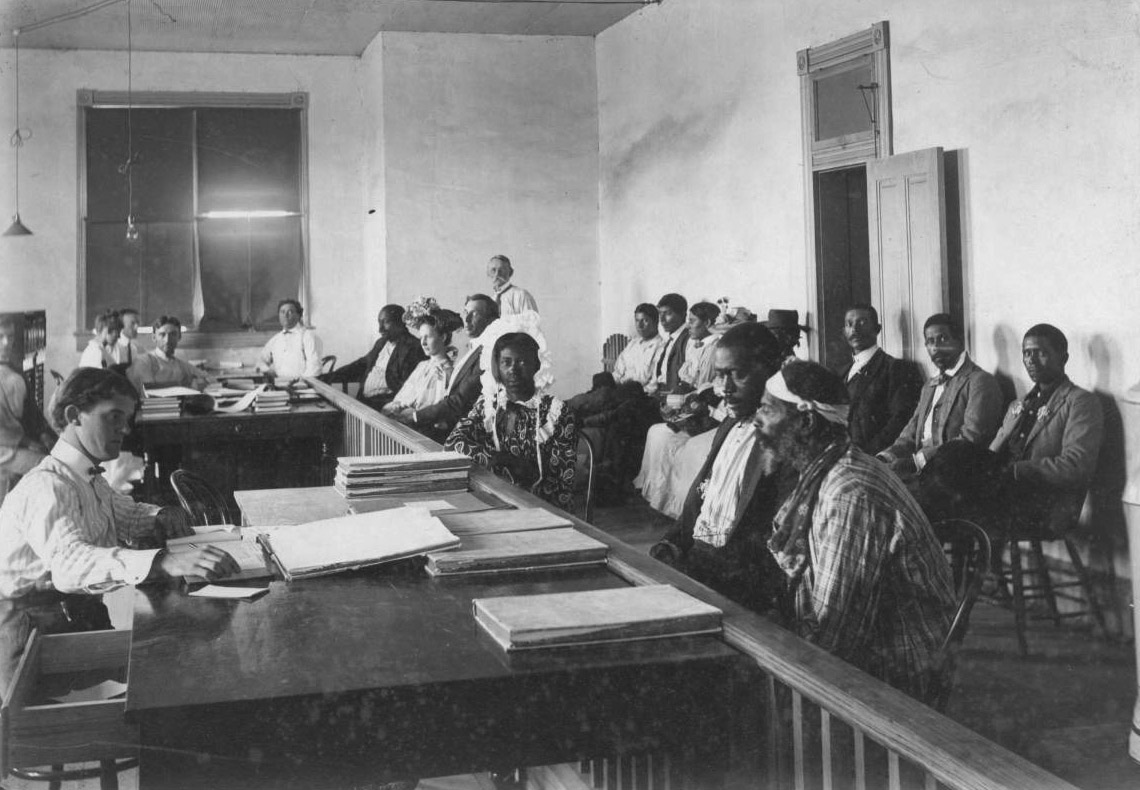 Chickasaw Freedmen Filing Allotments, https://gateway.okhistory.org/ark:/67531/metadc962736/
Chickasaw Freedmen Filing Allotments, https://gateway.okhistory.org/ark:/67531/metadc962736/
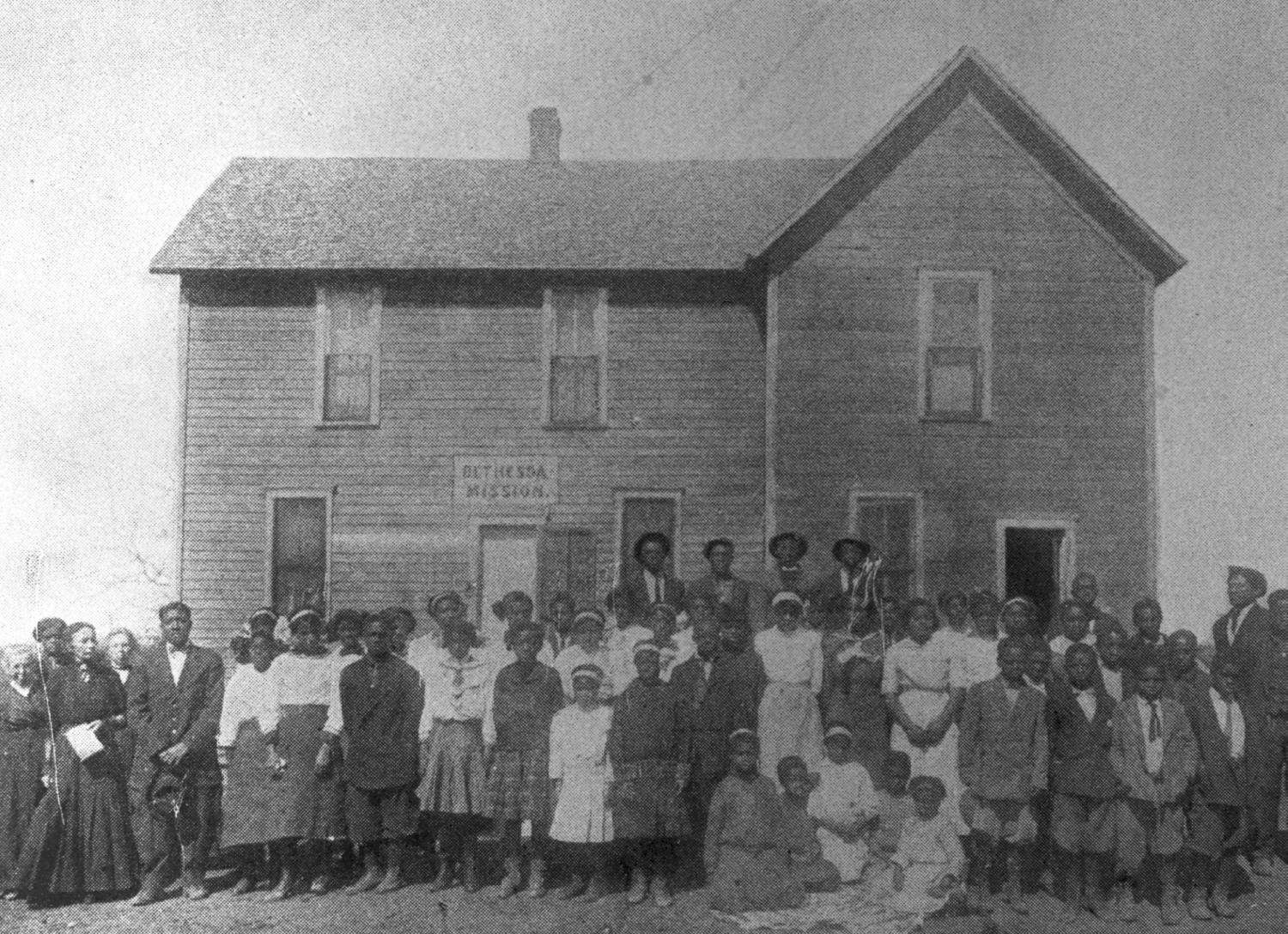 Bethesda Mission, https://gateway.okhistory.org/ark:/67531/metadc1591590/
Bethesda Mission, https://gateway.okhistory.org/ark:/67531/metadc1591590/
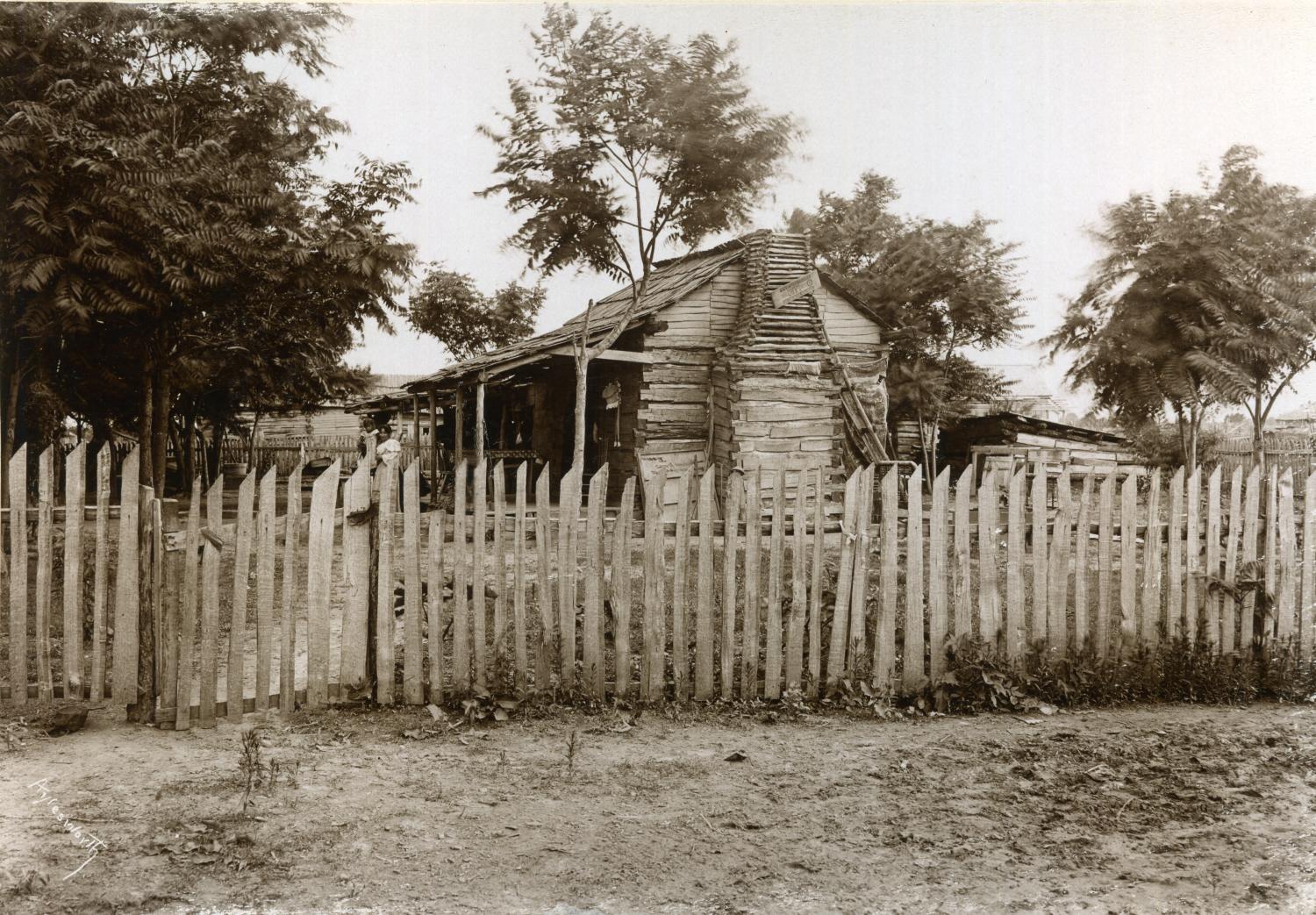 Freedmen Cabin, https://gateway.okhistory.org/ark:/67531/metadc1595820/
Freedmen Cabin, https://gateway.okhistory.org/ark:/67531/metadc1595820/
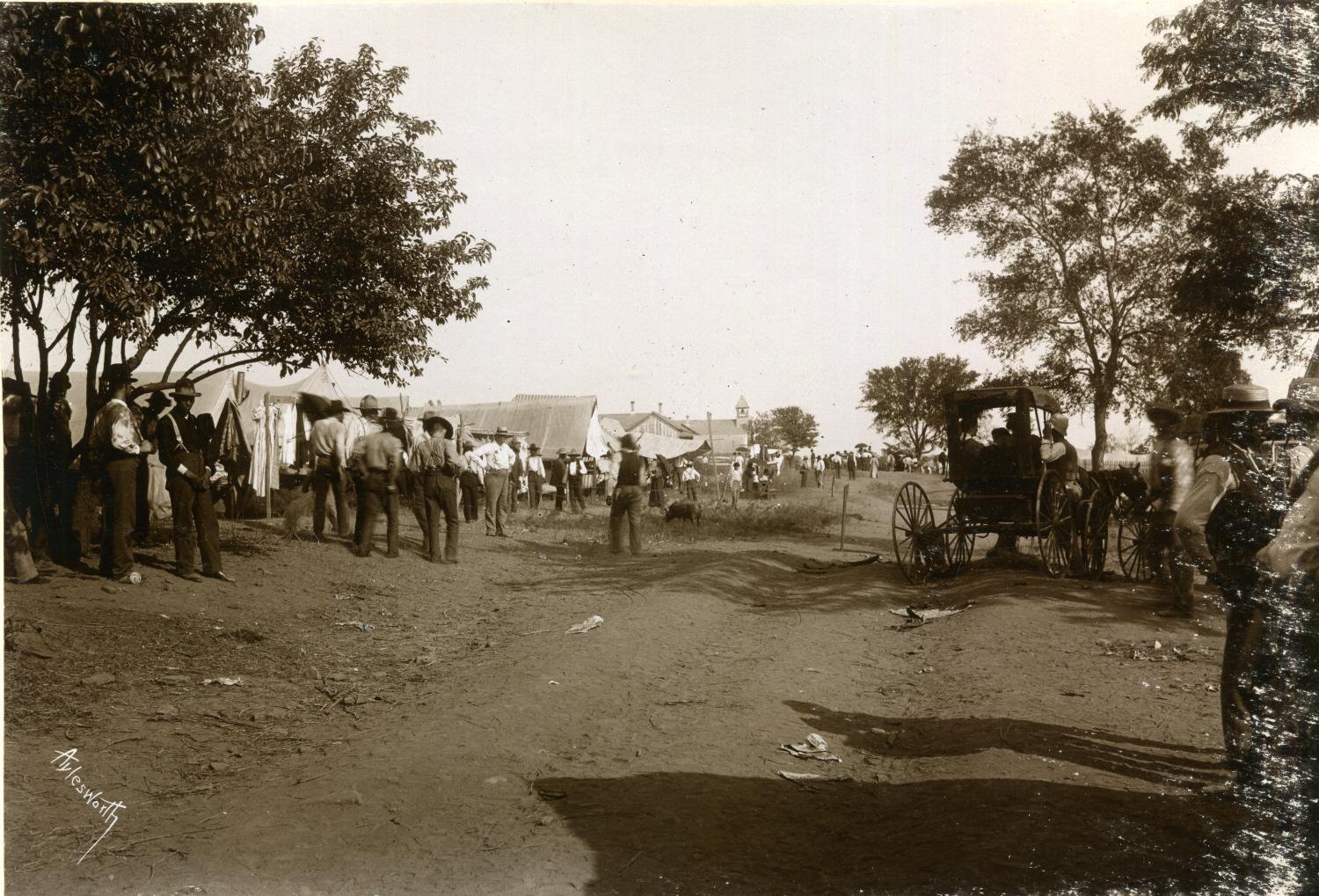 Fort Gibson, https://gateway.okhistory.org/ark:/67531/metadc1595699/
Fort Gibson, https://gateway.okhistory.org/ark:/67531/metadc1595699/
Online Primary Sources
"Digitized Index to the Final Rolls of Citizens and Freedmen of the Five Civilized Tribes in Indian Territory (Dawes)," National Archives
Additional Resources
Will Chavez. "Cherokee Nation/ Freedmen Timeline," Cherokee Phoenix, August 10, 2006
Henry Louis Gates Jr. and NEHGS Researcher Meaghan E.H. Siekman. "Why Were My Freedmen Ancestors Split Between Tribes?," The Root. January 6, 2019
B. Second Indian Removal
The Encyclopedia of Oklahoma History and Culture
Andrew K. Frank, "Indian Removal"
Research Center Resources
"Removal of Tribes to Oklahoma," OHS Research Center
Douglas, R. Hurt, The Indian Frontier, 1763-1846, 1st ed. (Albuquerque: University of New Mexico Press, c2002)
Audio/Visual
Online Primary Sources
"Archives of the West," The West, PBS
Additional Resources
"Interactive Timeline," The West, PBS
"Trail of Death," Citizen Potawatomi Nation
C. significance of the Massacre at the Washita
The Encyclopedia of Oklahoma History and Culture
Stephen Black, "Washita, Battle of the"
Michael A. Hughes, "Military, Nineteenth Century"
Stephen Black, "Custer, George Armstrong"
Bob Rea, "Fort Supply (fort)"
Research Center Resources
Louis Kraft, Custer and the Cheyenne: George Armstrong Custer's Winter Campaign on the Southern Plains (1st ed. El Segundo, Calif.: Upton and Sons, 1995)
Stan Hoig, The Battle of the Washita: The Sheridan-Custer Indian campaign of 1867-69 (Lincoln: University of Nebraska Press, 1979)
Jerome A. Greene, Washita: The U.S. Army and the Southern Cheyennes, 1867-1869 (Norman, Okla.: University of Oklahoma Press, c2004)
Audio/Visual
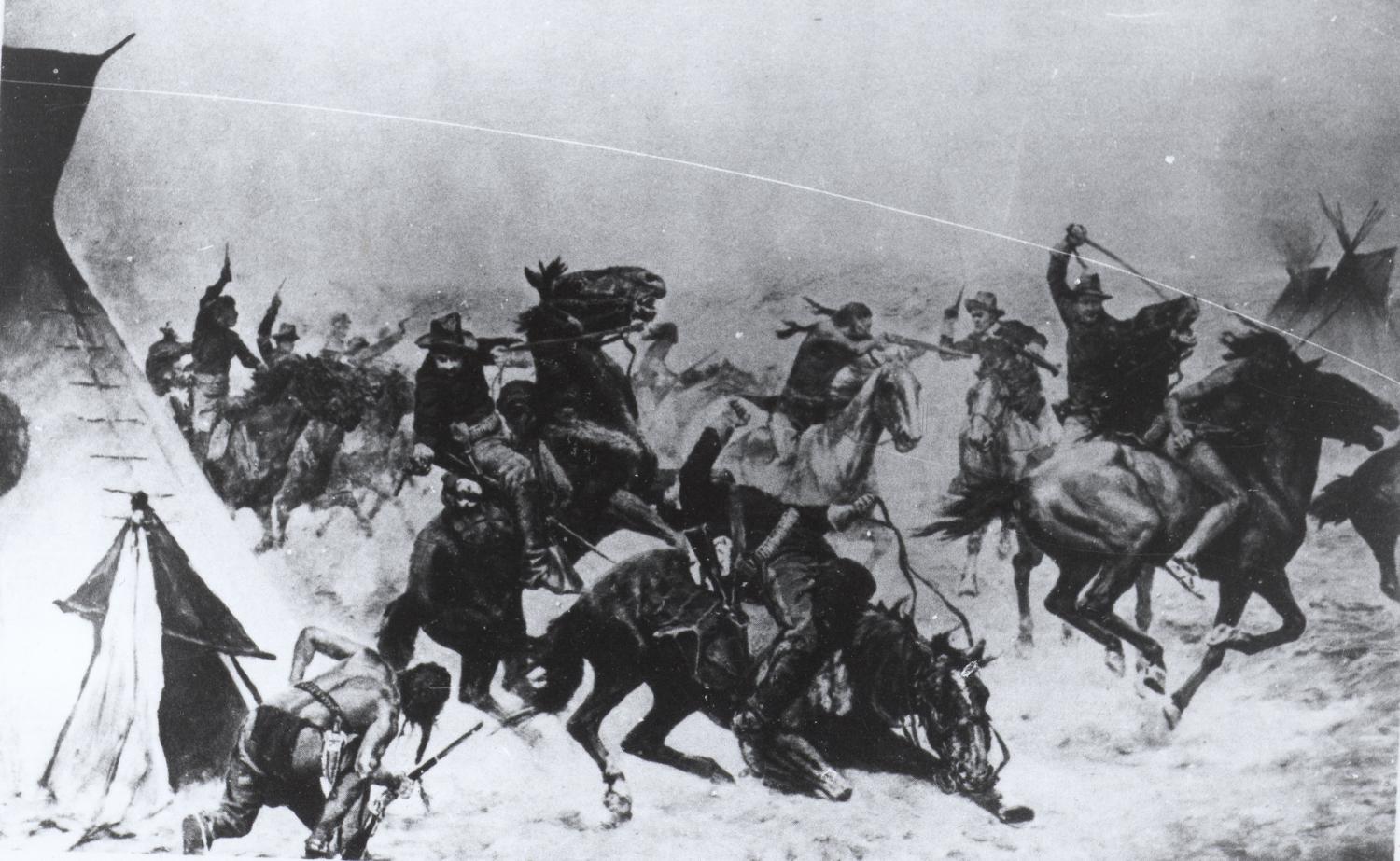 Battle of the Washita, https://gateway.okhistory.org/ark:/67531/metadc1594547/
Battle of the Washita, https://gateway.okhistory.org/ark:/67531/metadc1594547/
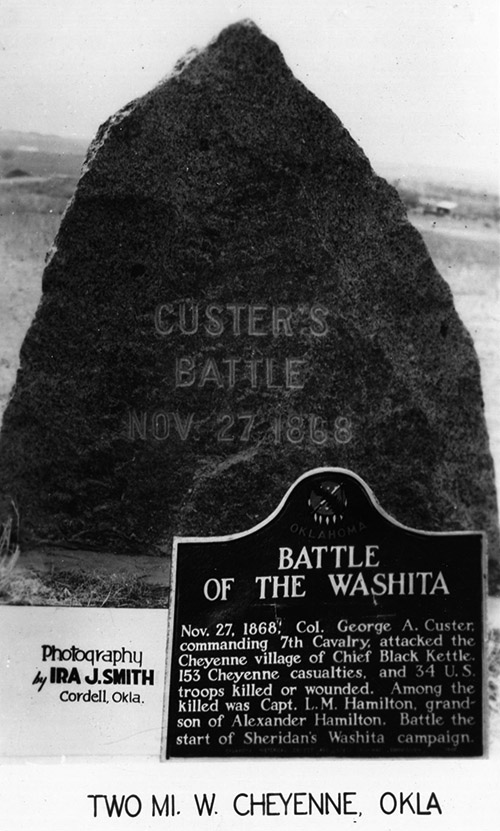 Washita Monument, https://gateway.okhistory.org/ark:/67531/metadc1593258/
Washita Monument, https://gateway.okhistory.org/ark:/67531/metadc1593258/
 Black Kettle, https://gateway.okhistory.org/ark:/67531/metadc260483/
Black Kettle, https://gateway.okhistory.org/ark:/67531/metadc260483/
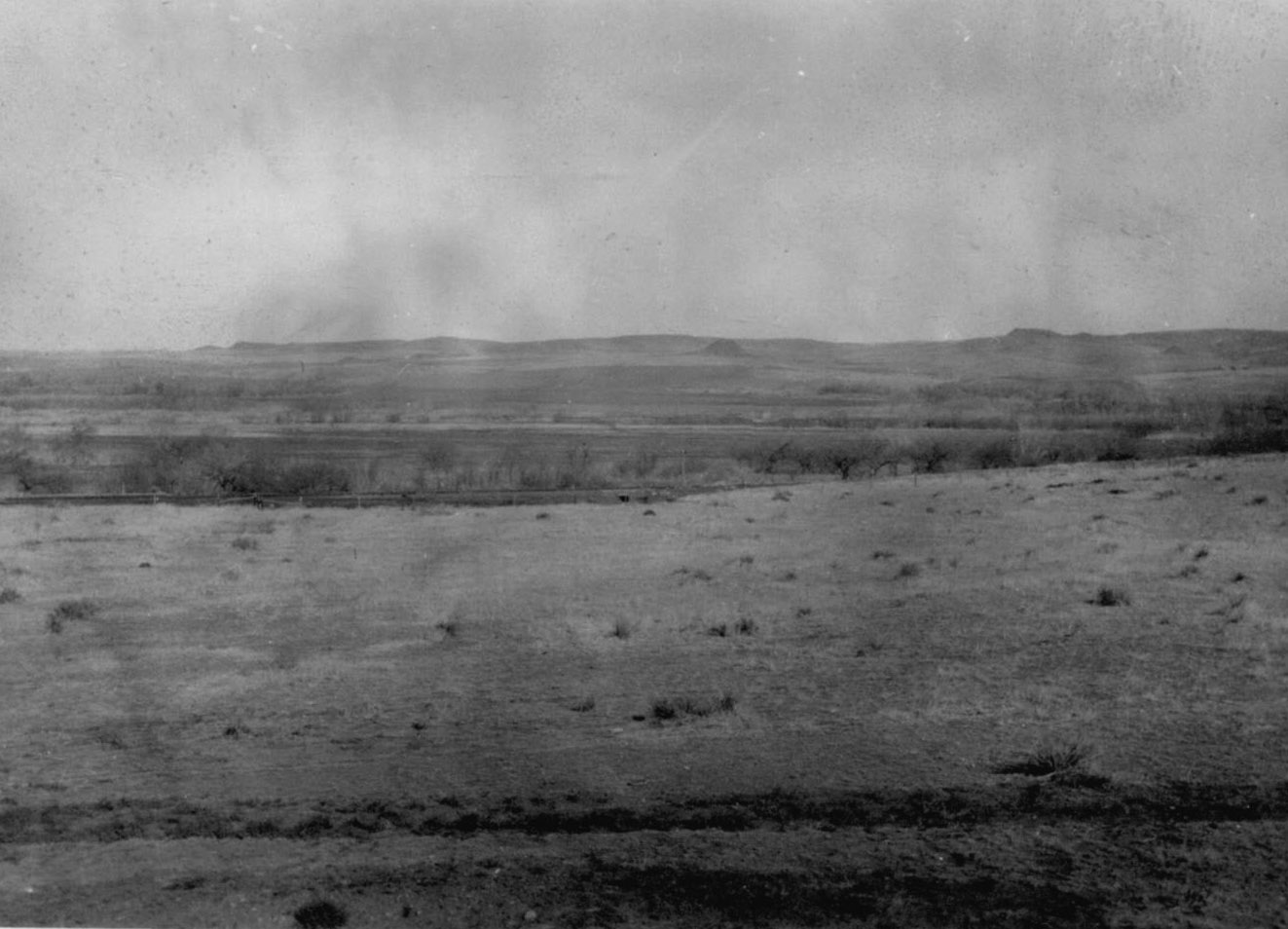 Battlefield, https://gateway.okhistory.org/ark:/67531/metadc637040/
Battlefield, https://gateway.okhistory.org/ark:/67531/metadc637040/
Online Primary Sources
E. A. Garlington, "The Army of the US Historical Sketches of Staff and Line with Portraits of Generals-in-Chief: The Seventh Regiment of Cavalry," US Army Center of Military History
George A. Custer, My Life on the Plains (New York: Sheldon & Co., 1874)
Richard G. Hardorff, Washita Memories: Eyewitness Views of Custer's Attack on Black Kettle's Village (Norman, OK: University of Oklahoma Press)
Additional Resources
"Historical Chronology," Washita Battlefield, National Park Service
D. reasons for the reservation system and the controversy regarding the reservation system as opposed to tribal lands.
Online Primary Sources
Red Cloud Agency, The Huntington
"Pictures of American Indians," National Archives
Lauren Van Zandt, "Digitized Native American Reservation Records: Text," September 27, 2017
Hudson-Kimberly Pub. Co., Cartographer. Map of Pawnee Reservation showing Allotments. (Kansas City, MO: Hudson-Kimberly Pub Co, 1893)
Geological Survey, U.S. Map of Wichita, Kiowa, Comanche & Apache Reservations, Oklahoma (Tulsa, Okla.: The Survey, 1959)
John Sebastian, A sectional map of the Kiowa, Comanche, and Apache Reservation: To Be Opened For Settlement ... Summer of. (Chicago, Illinois: John Sebastian, 1901)
Additional Resources
"Aug. 29, 1758 CE: First Indian Reservation," National Geographic
E. establishment of the western military posts including the role of the Buffalo Soldiers
"Feeding An Army: Historic Fort Gibson," Crossroads
The Encyclopedia of Oklahoma History and Culture
Michael A. Hughes, "Military, Nineteenth Century"
Bob Rea, "Fort Supply (fort)"
Stan Hoig, "Fort Reno"
Clifford P. Coppersmith, "Apache, Fort Sill"
Jon D. May, "Fort Washita"
Jon D. May, "Fort Wayne"
Brad Agnew, "Fort Gibson (fort)"
Keith Tolman, "Fort Towson (fort)"
David Norris, "Fort Arbuckle"
Research Center Resources
Odie B. Faulk, Kenny Arthur Franks, Paul F. Lambert, Early Military Forts and Posts in Oklahoma (Oklahoma City, Oklahoma: 1978)
Audio/Visual
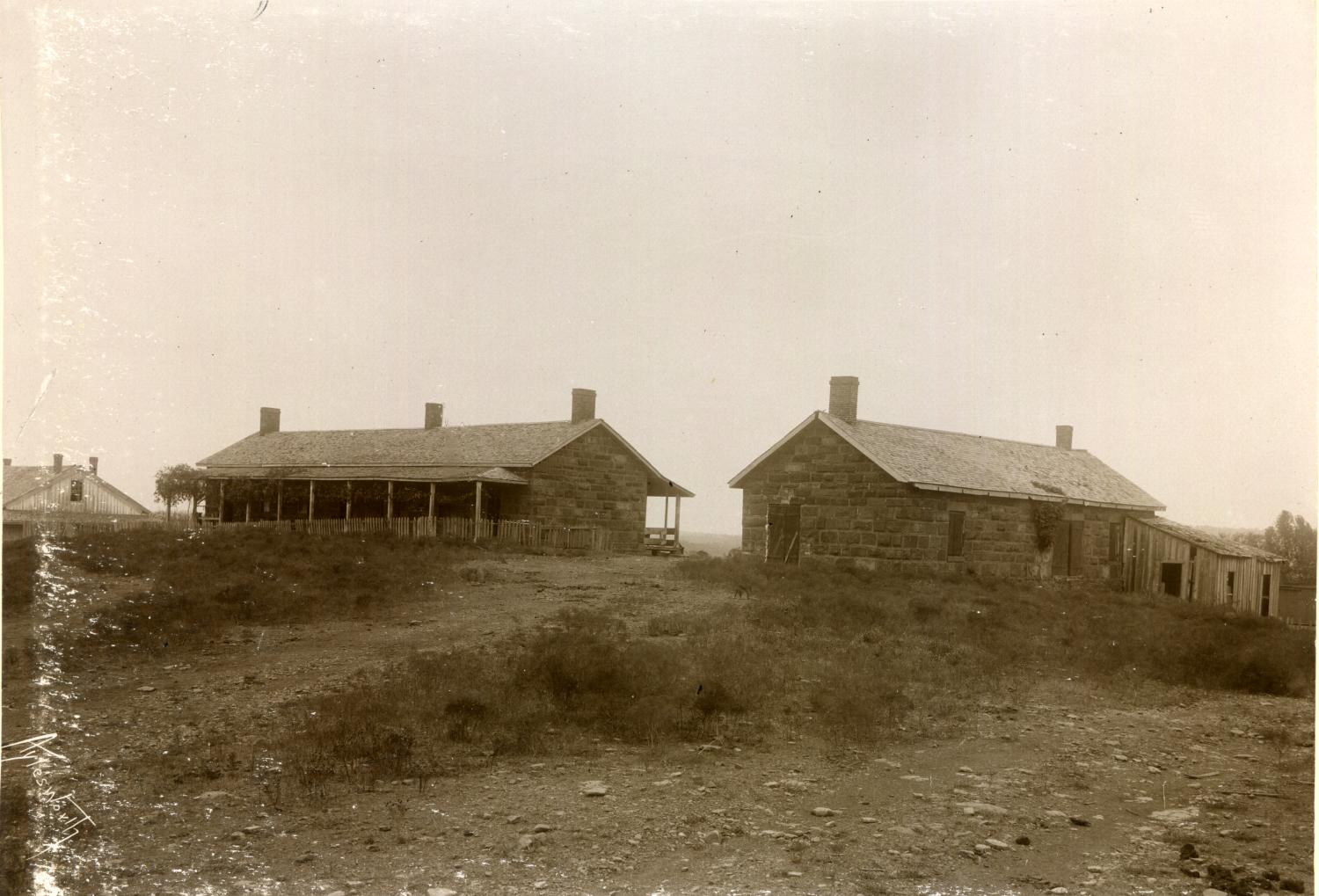 Fort Gibson Non-Com Officers Quarters, https://gateway.okhistory.org/ark:/67531/metadc1594914/
Fort Gibson Non-Com Officers Quarters, https://gateway.okhistory.org/ark:/67531/metadc1594914/
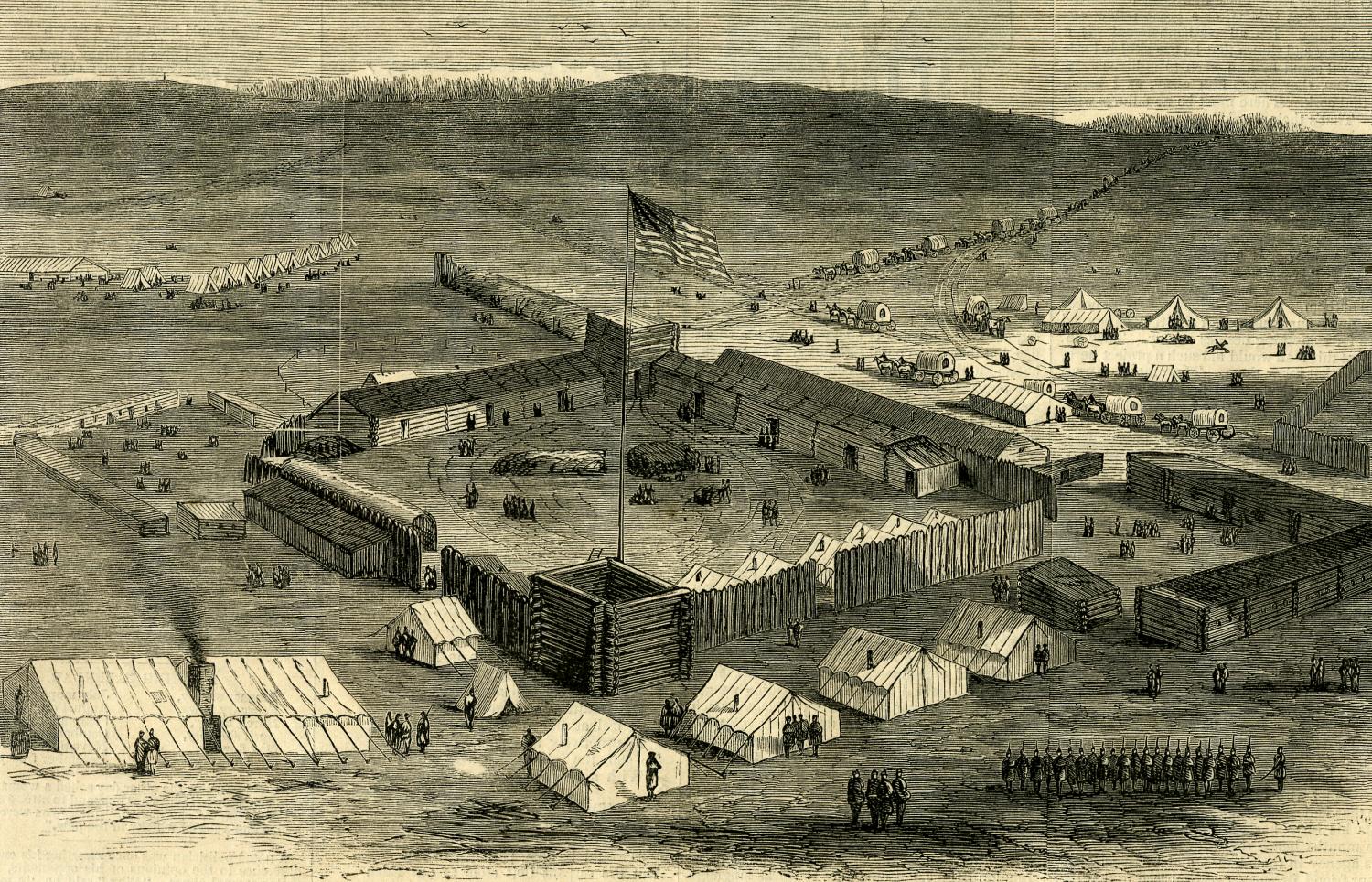 Fort Supply, 1869, https://gateway.okhistory.org/ark:/67531/metadc1593274/
Fort Supply, 1869, https://gateway.okhistory.org/ark:/67531/metadc1593274/
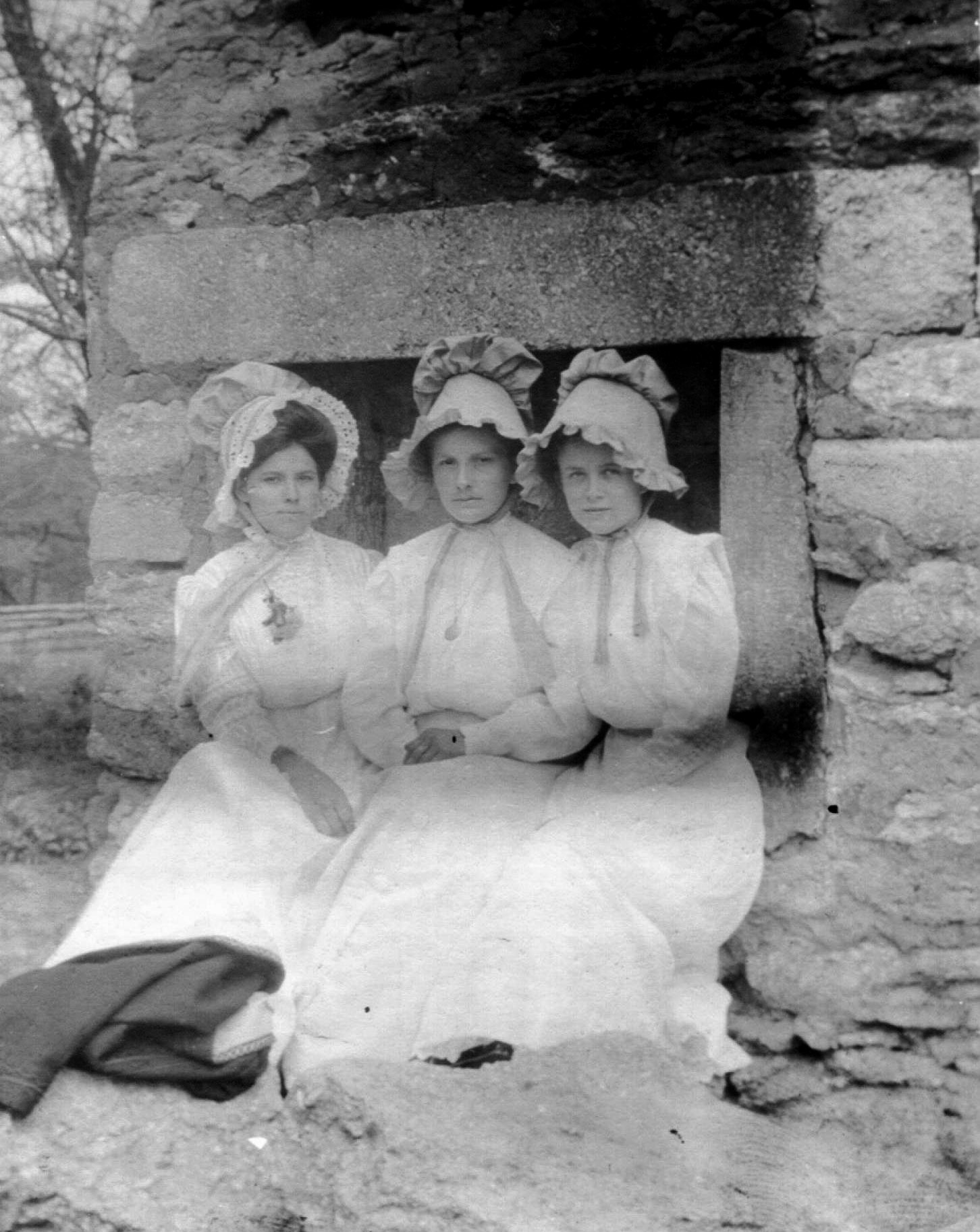 Ruins at Fort Washita, https://gateway.okhistory.org/ark:/67531/metadc1477042/
Ruins at Fort Washita, https://gateway.okhistory.org/ark:/67531/metadc1477042/
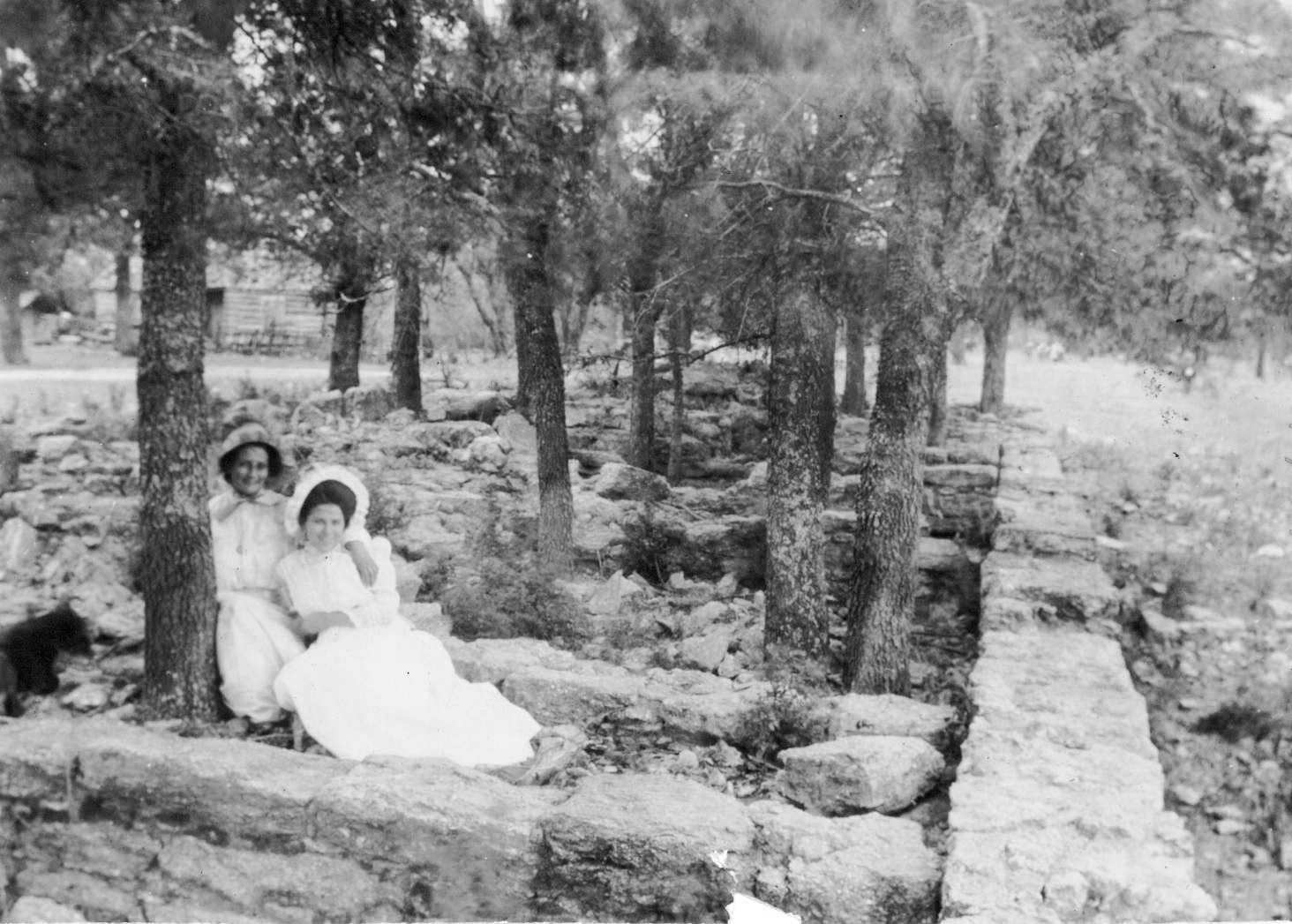 Fort Washita, https://gateway.okhistory.org/ark:/67531/metadc1477055/
Fort Washita, https://gateway.okhistory.org/ark:/67531/metadc1477055/
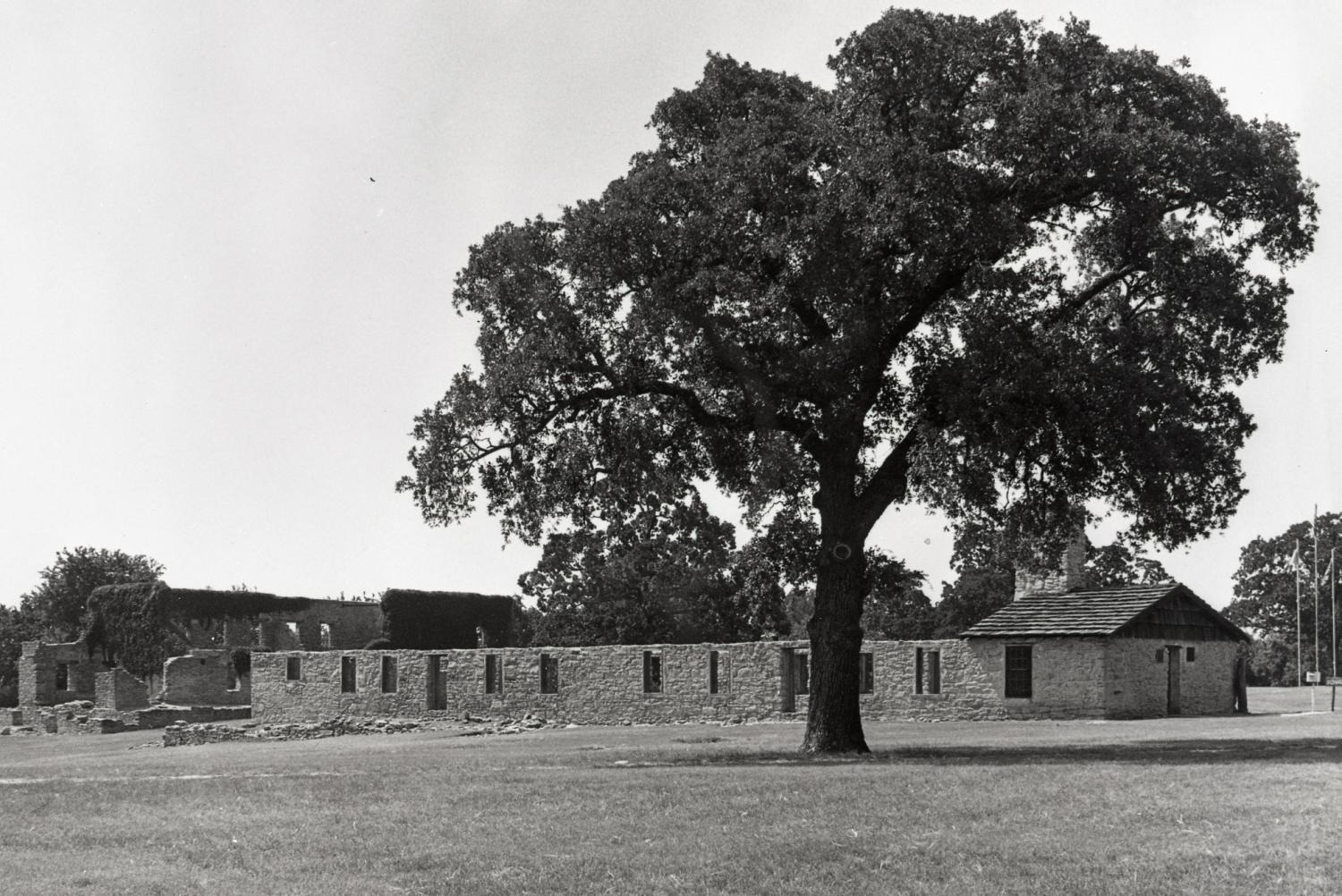 Fort Washita, https://gateway.okhistory.org/ark:/67531/metadc1586725/
Fort Washita, https://gateway.okhistory.org/ark:/67531/metadc1586725/
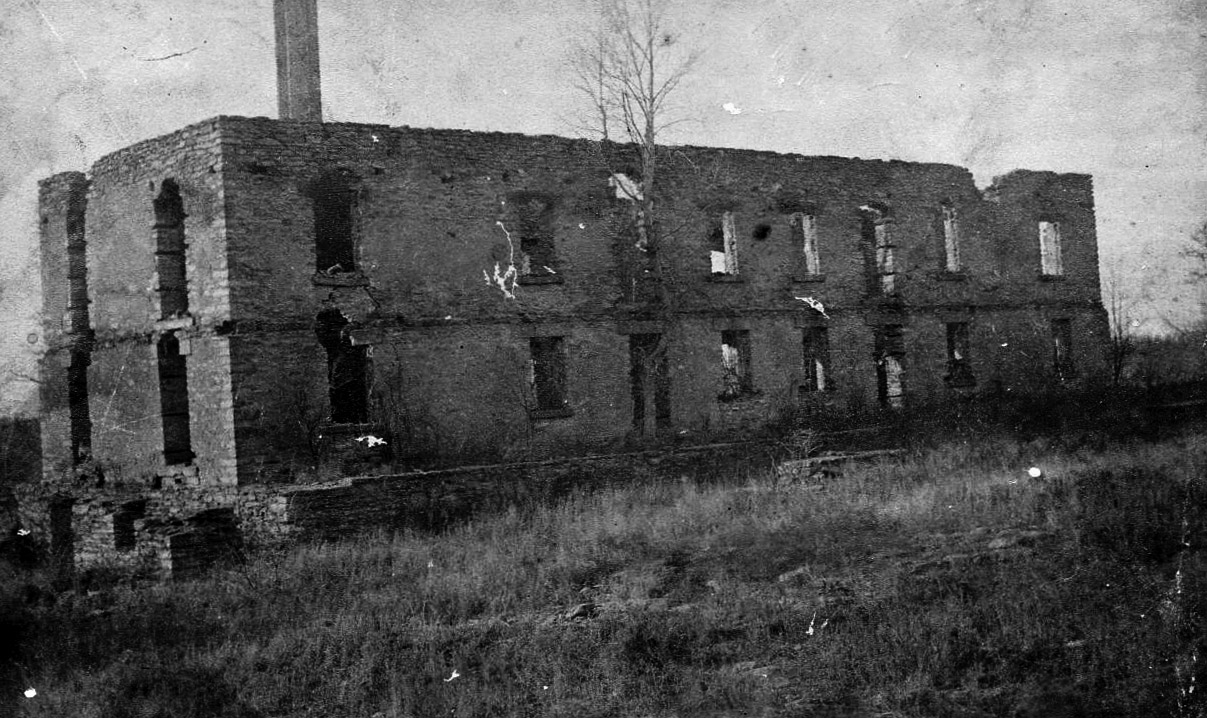 Fort Washita Barracks, https://gateway.okhistory.org/ark:/67531/metadc1586801/
Fort Washita Barracks, https://gateway.okhistory.org/ark:/67531/metadc1586801/
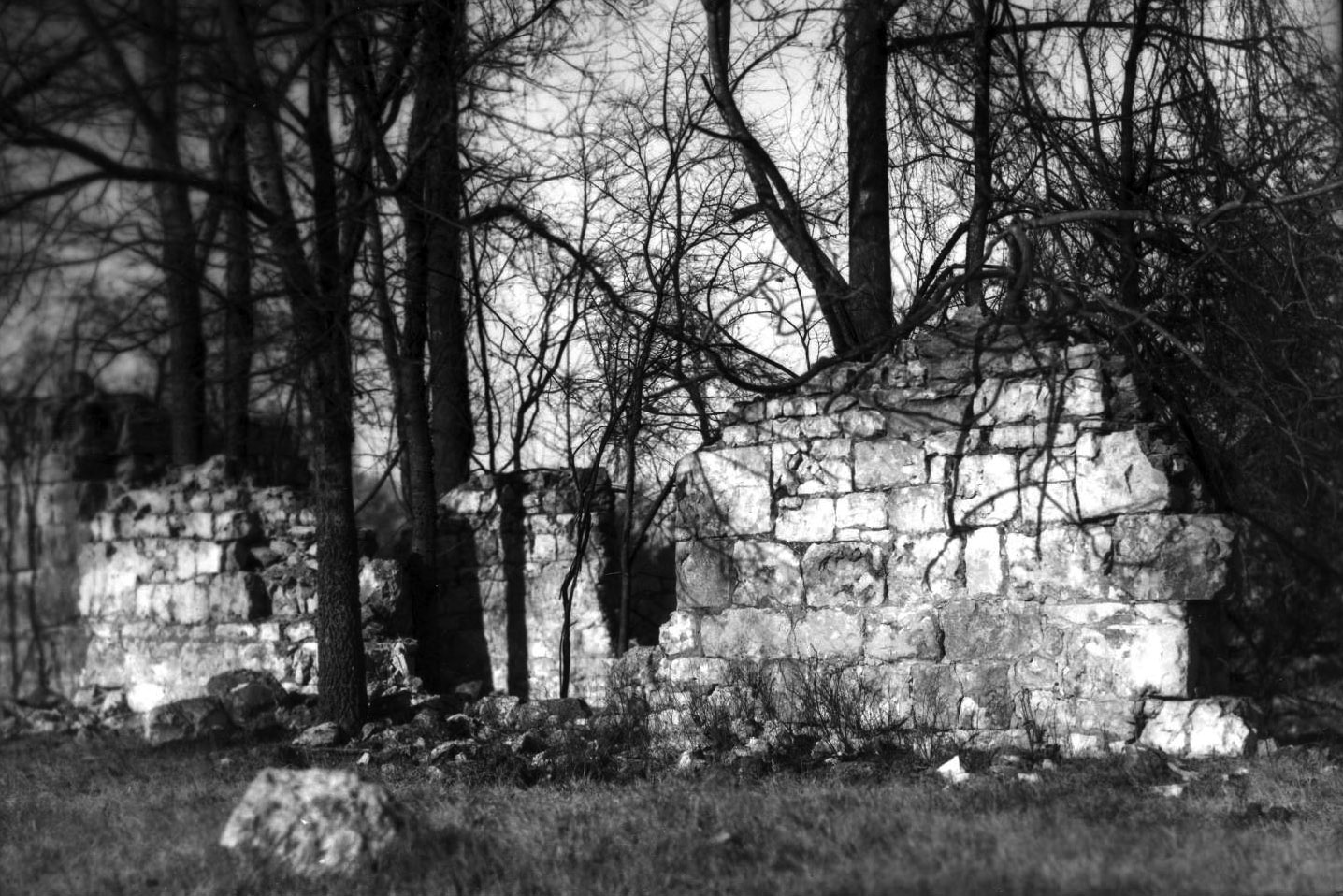 Fort Towson ruins, https://gateway.okhistory.org/ark:/67531/metadc1586721/
Fort Towson ruins, https://gateway.okhistory.org/ark:/67531/metadc1586721/
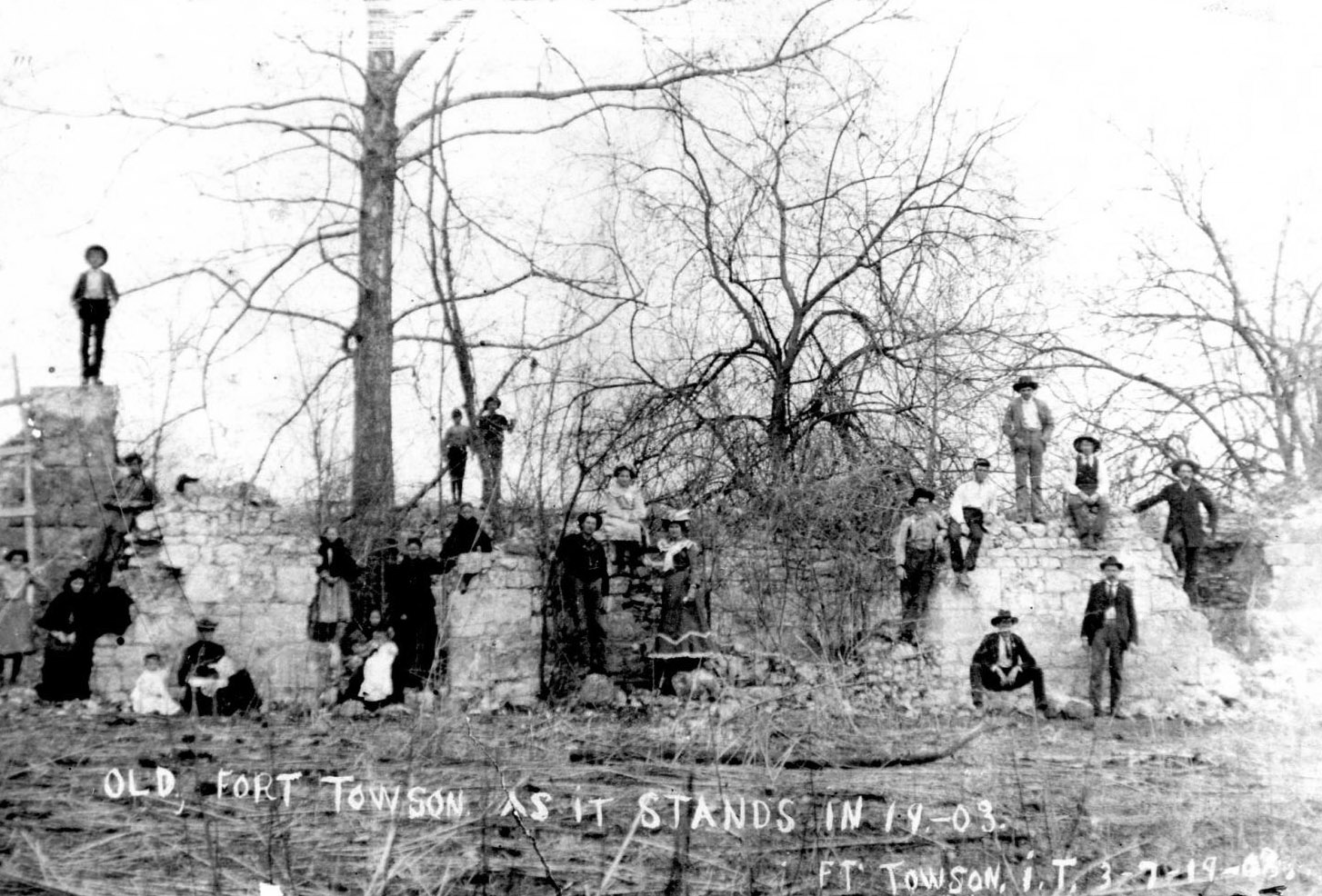 Fort Towson, https://gateway.okhistory.org/ark:/67531/metadc1586747/
Fort Towson, https://gateway.okhistory.org/ark:/67531/metadc1586747/
Online Primary Sources
"American West Photographs: Soldiering in the West," National Archives
Additional Resources
John P. Deeben, "Coastal Bastions and Frontier Forts: Records of US Military Posts, 1821-1920." Genealogy Notes. Fall 2009, Vol. 41, No 3
Trevor K. Plante, "Researching African Americans in the US Army, 1866-1890: Buffalo Soldiers and Black Infantrymen." Genealogy Notes. Spring 2001, Vol. 33, No. 1.
"African Americans in the US Army," US Army Center of Military History
Clayton R. Newell, The Regular Army Before the Civil War, 1845-1860 (Washington, DC: Center of Military History: United States Army, 2014)
Eric Standridge, "Fort Coffee: How an Old Fort Helped Shape Southeastern Oklahoma," Owlcation
F. construction of railroads through Indian Territory
The Encyclopedia of Oklahoma History and Culture
Augustus J. Veenendaal Jr., "Railroads"
Augustus J. Veenendaal Jr., "Oklahoma Central Railway"
Augustus J. Veenendaal Jr., "Missouri, Kansas and Texas Railway"
Augustus J. Veenendaal Jr., "Fort Smith and Western Railway"
Augustus J. Veenendaal Jr., "Chicago, Rock Island and Pacific Railway"
Research Center Resources
Donovan L. Hofsommer, Railroads in Oklahoma (Oklahoma City, Oklahoma: 1977)
Online Primary Sources
"Railroad Maps and Plans," Linda Hall Library
"Railroad Journals from the 19th Century," Linda Hall Library
"Railroad Maps, 1828-1900," Library of Congress
Additional Resources
Railroads of Oklahoma (Oklahoma City: Oklahoma Department of Transportation, 1978)
Eric Standridge, "Early Railroads of Southeast Oklahoma," Owlcation
Sam Vong, "The Impact of the Transcontinental Railroad on Native Americans," National Museum of American History
Back to the Oklahoma History Resource List


